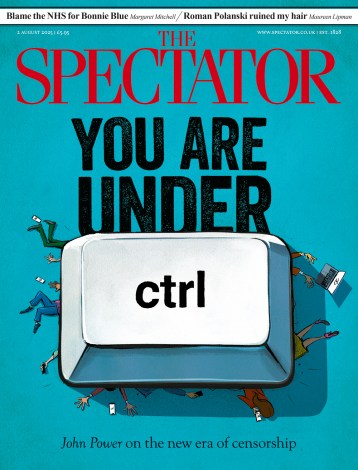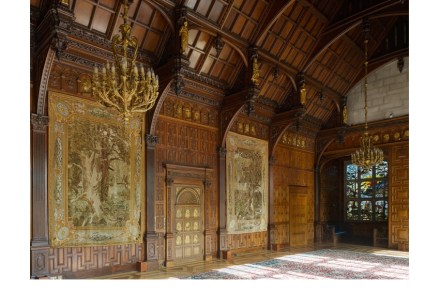The top ten plays of 2011
66 Books – The Bush Theatre The Bush opened its new theatre with an extraordinarily energetic celebration of the 400th anniversary of the King James Bible. The 66 playlets, one inspired by each of the books of the Bible, included the occasional dud – but the overwhelming majority were sparklers. Stand-outs included Ony Uhiara as














